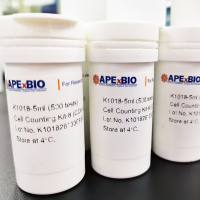Assessments of Oxidative Damage and Lipid Peroxidation After Traumatic Brain Injury and Spinal Cord Injury
互联网
681
Free radical-induced oxidative damage to proteins and lipids is one of the most convincingly validated secondary injury mechanisms following traumatic brain injury or spinal cord injury. In particular, central nervous system (CNS) tissue is exquisitely sensitive to the process of lipid peroxidation (LP) due to the high content of peroxidizable polyunsaturated acids and a high content of iron which is a catalyst for the propagation of LP reactions in cell membranes. This chapter is focused on a presentation of the principal contemporary methods for monitoring LP in injured CNS tissue, including immunoblotting measurement of aldehydic breakdown products such as 4-hydroxynonenal (4-HNE) and acrolein as well as the gas chromatographic–mass spectrophotometric (GC–MS) analysis of the arachidonic acid-derived F2 isoprostanes and the docosahexaenoic acid (DHA)-derived F4 isoprostanes (neuroprostanes). Protein oxidative damage produced by direct free radical damage to basic amino acids (lysine, arginine, histidine, and cysteine) as well as the covalent binding of 4-HNE and acrolein to proteins can be collectively measured using the carbonyl immunoblot assay. Additionally, nitrative damage to protein tyrosine residues produced by peroxynitrite-generated nitrogen dioxide radicals can be assessed by immunoblotting of 3-nitrotyrosine (3-NT) levels in CNS tissue samples. Lastly, immunohistochemical procedures for measuring 4-HNE and 3-NT are detailed.







